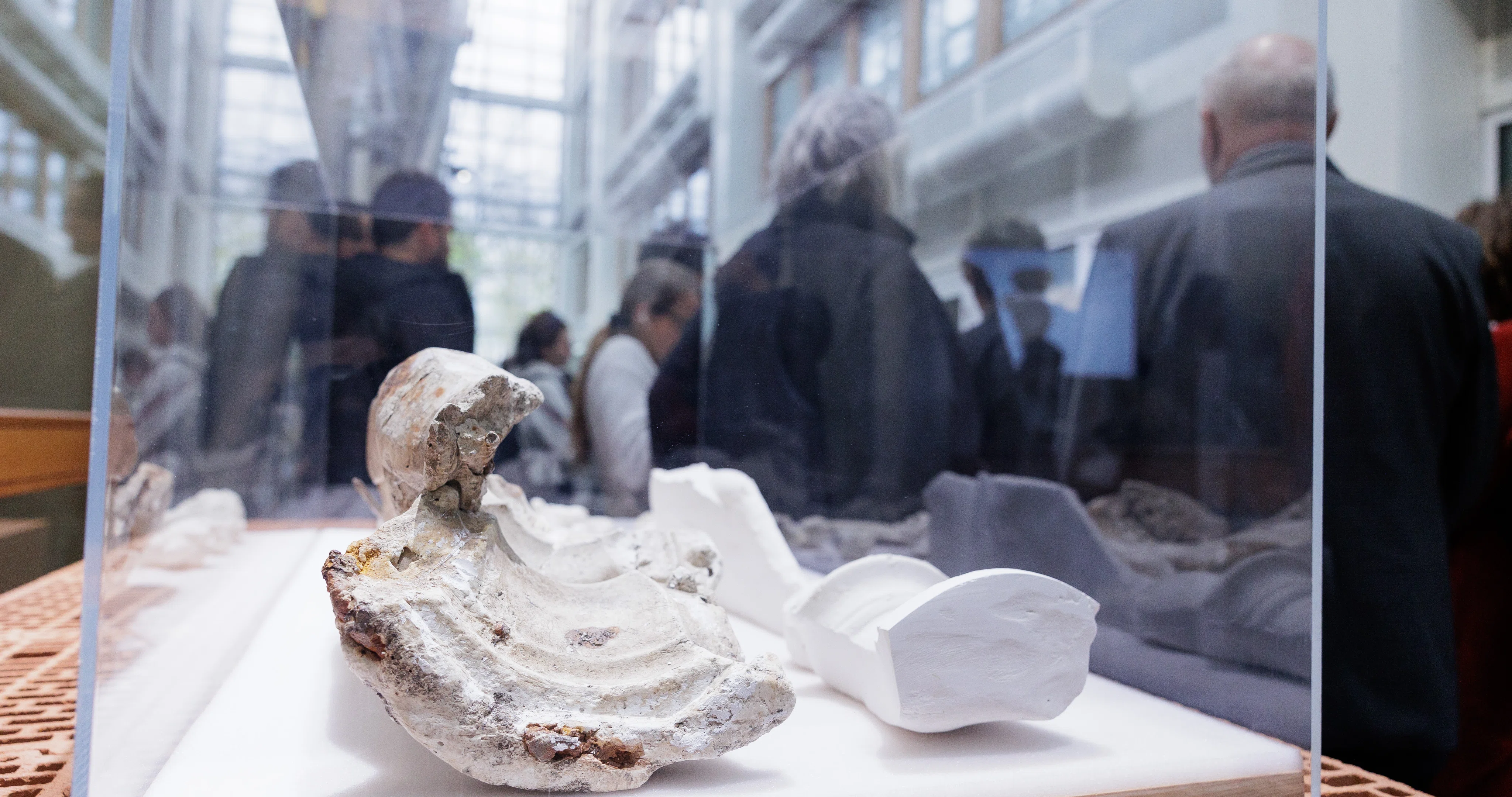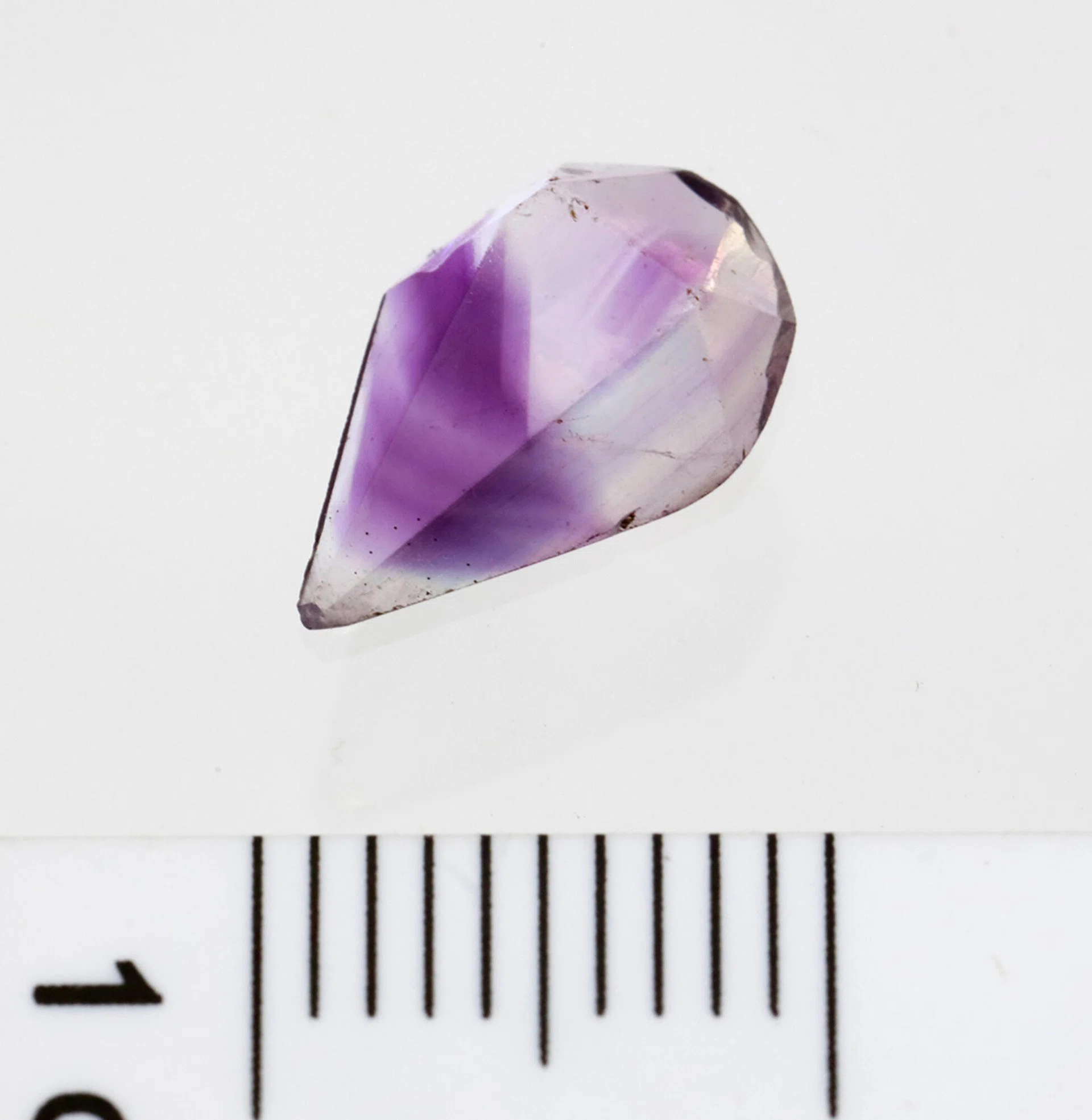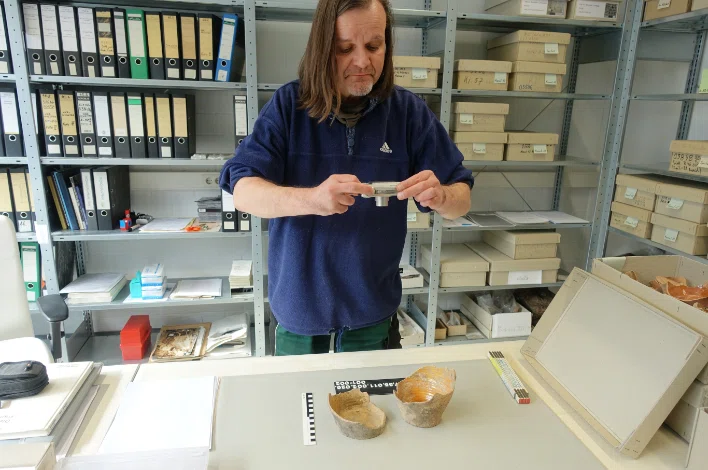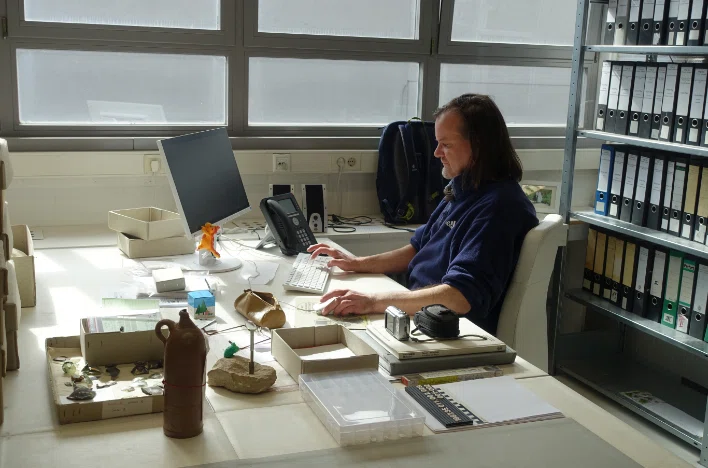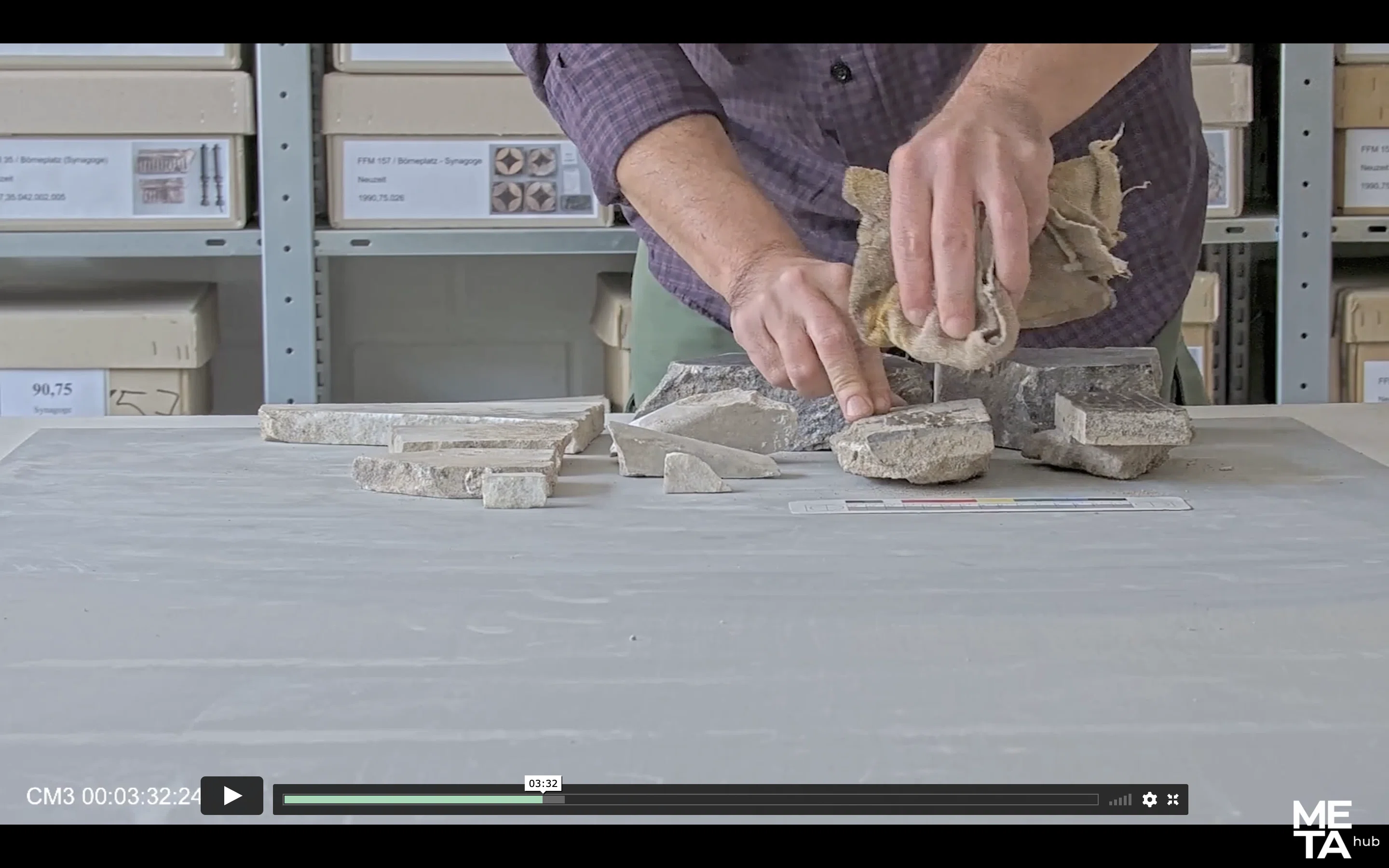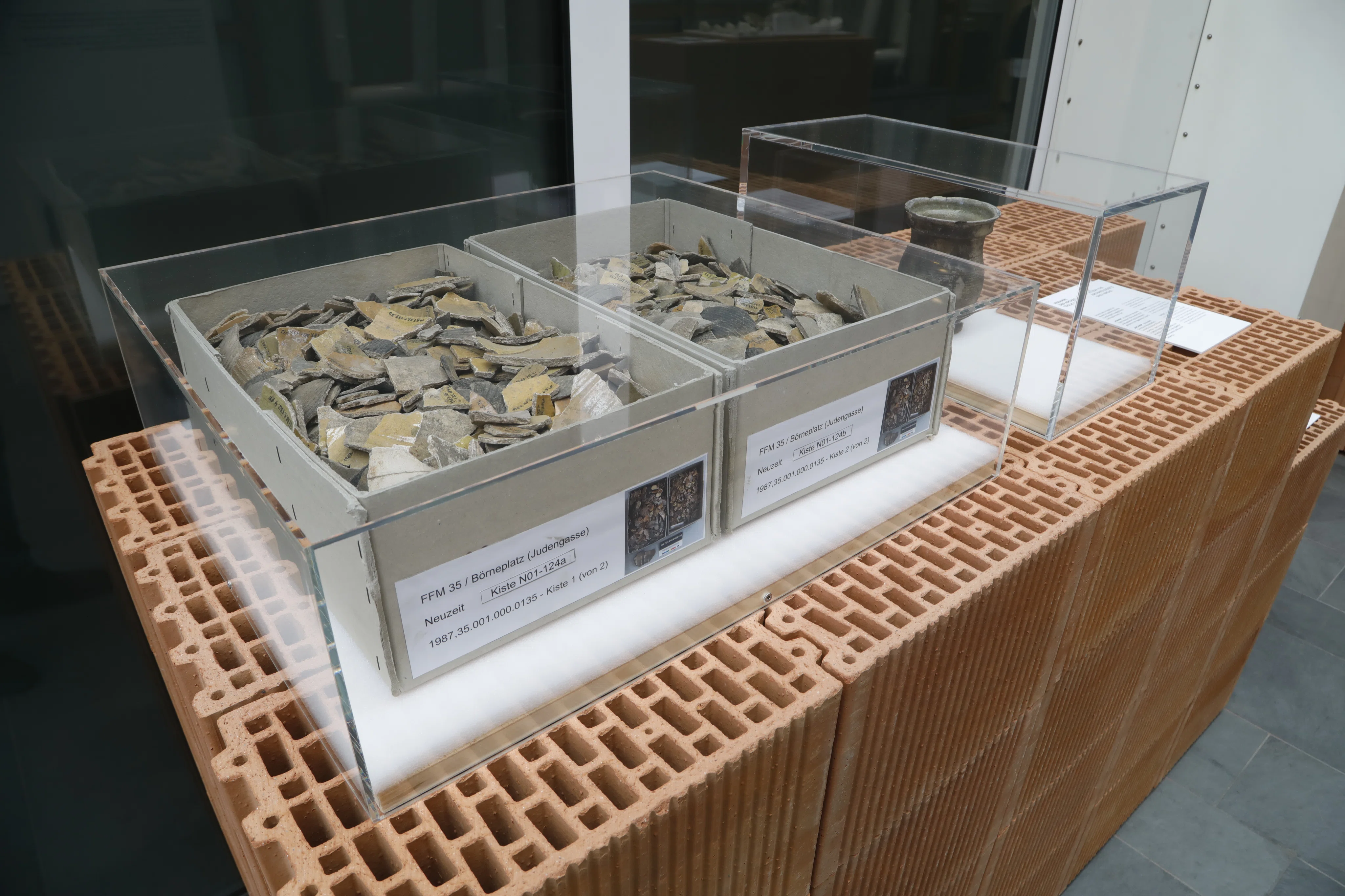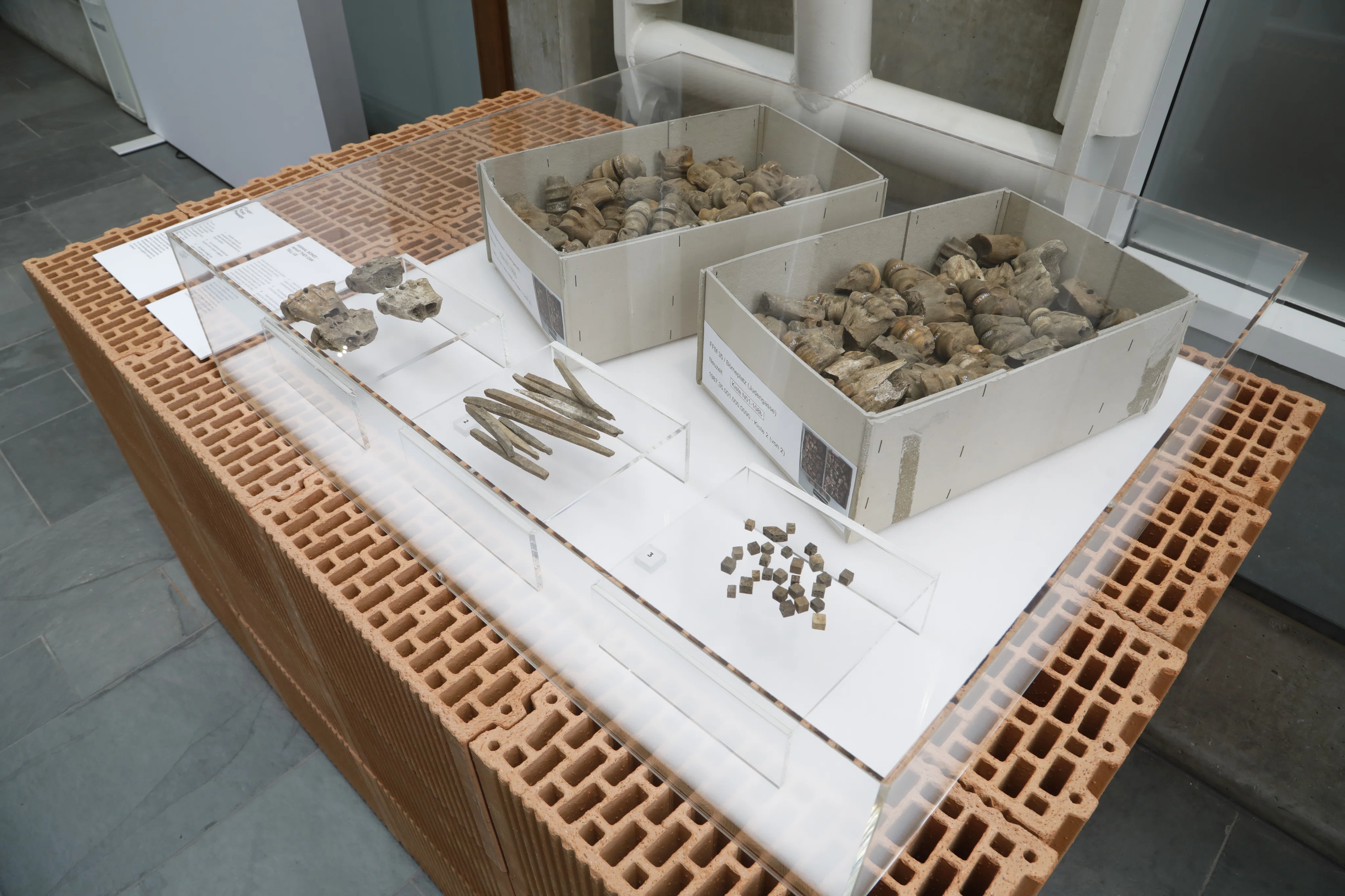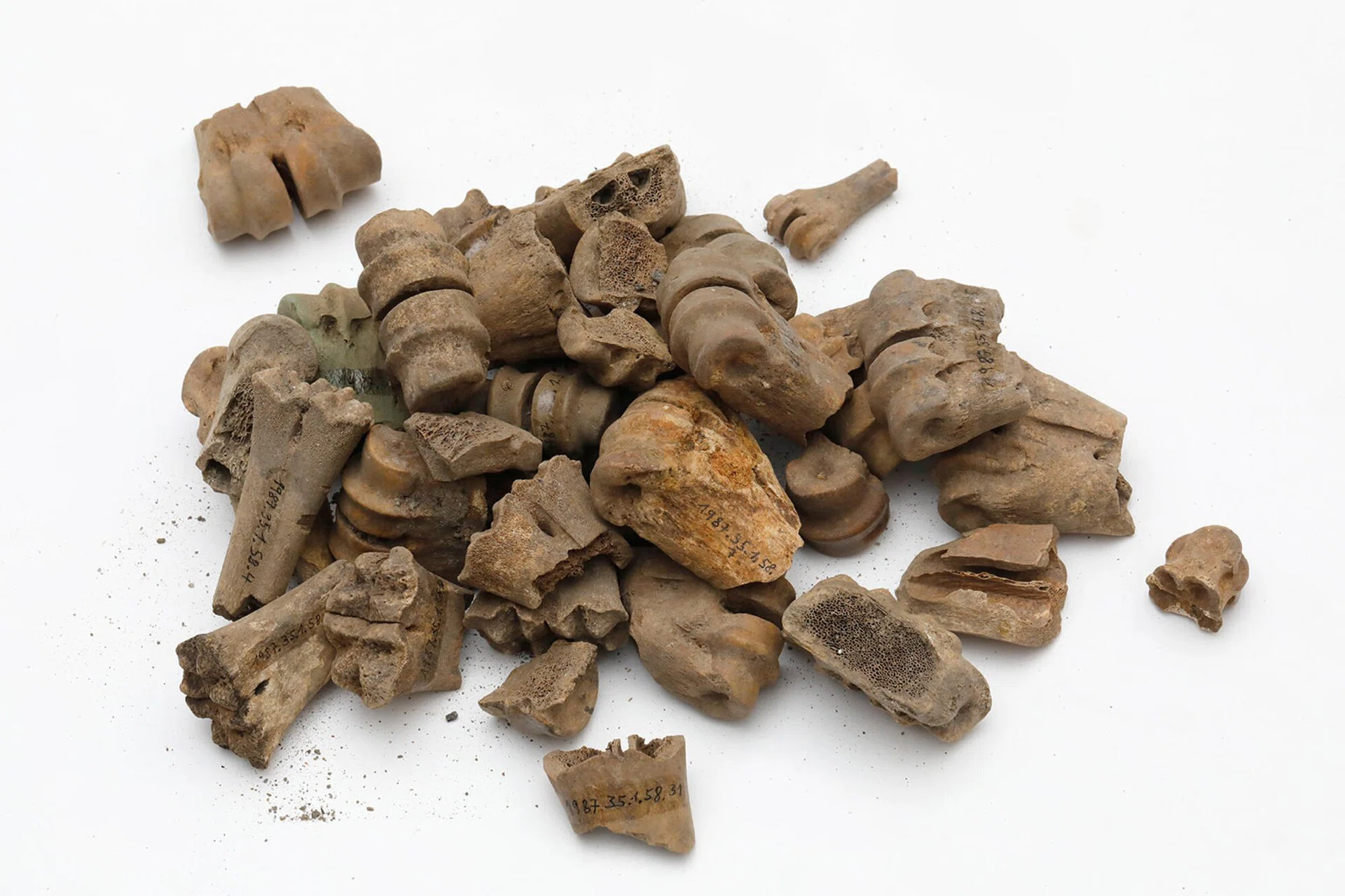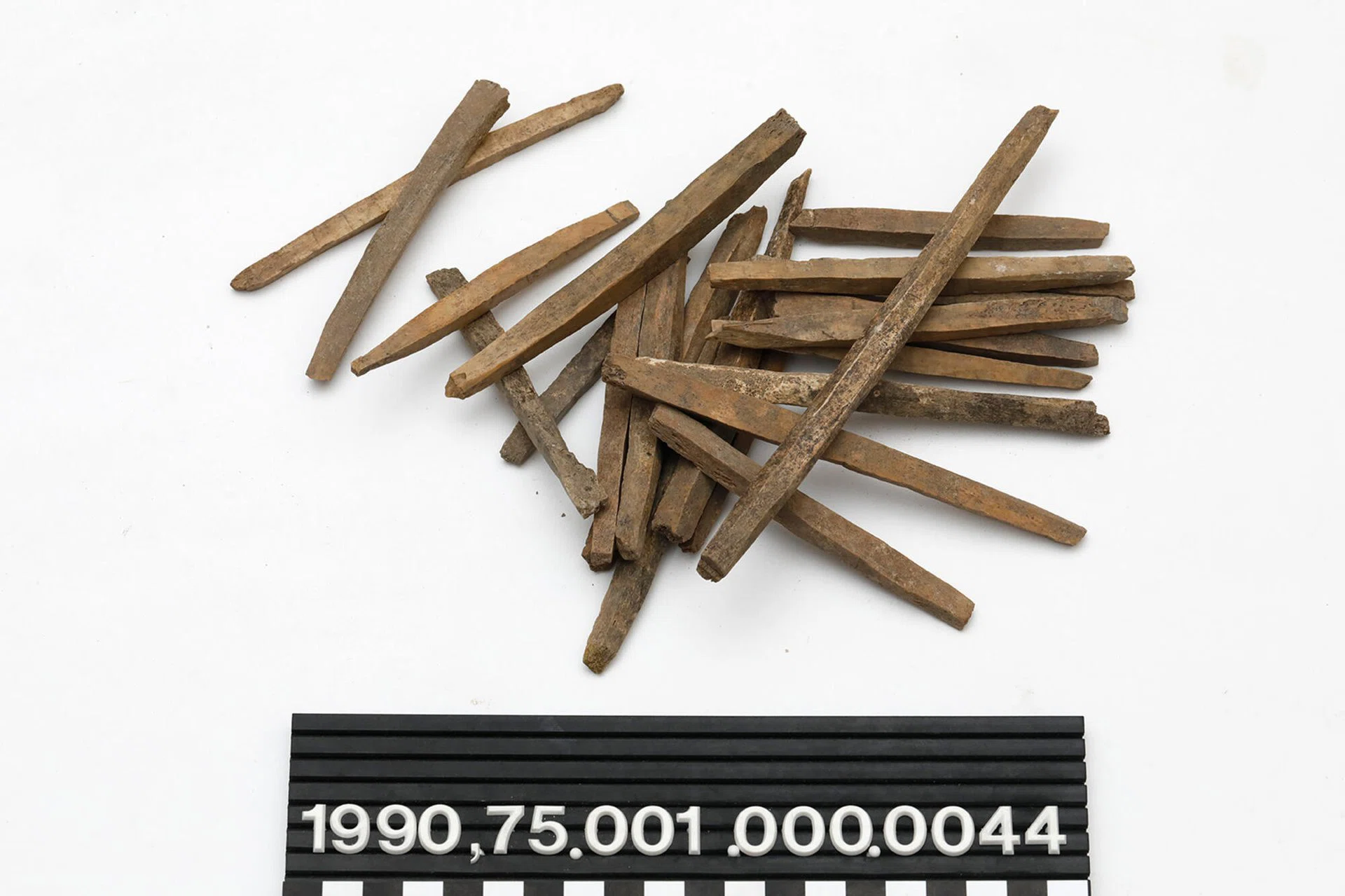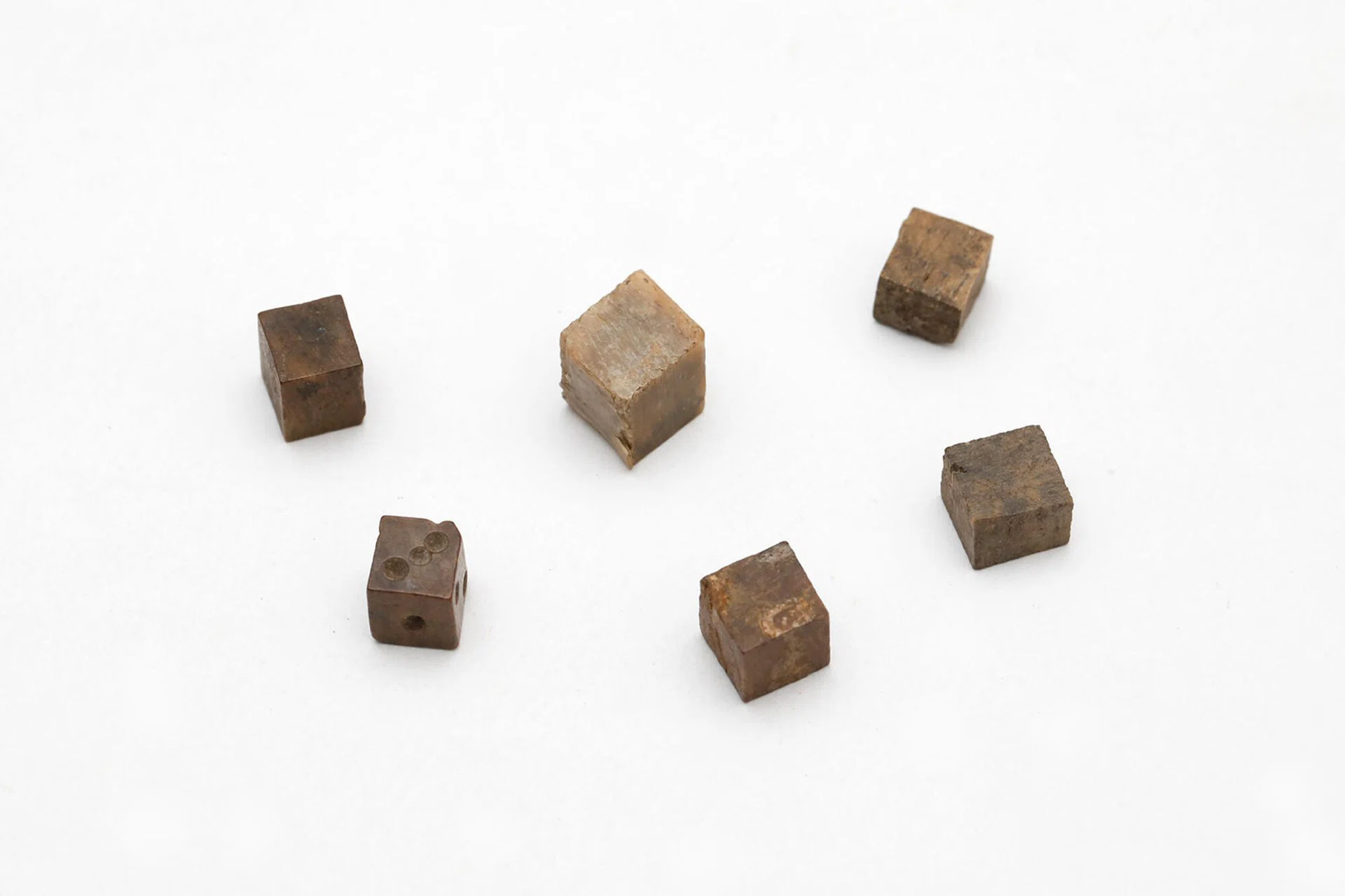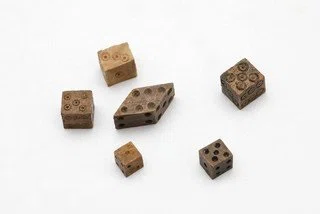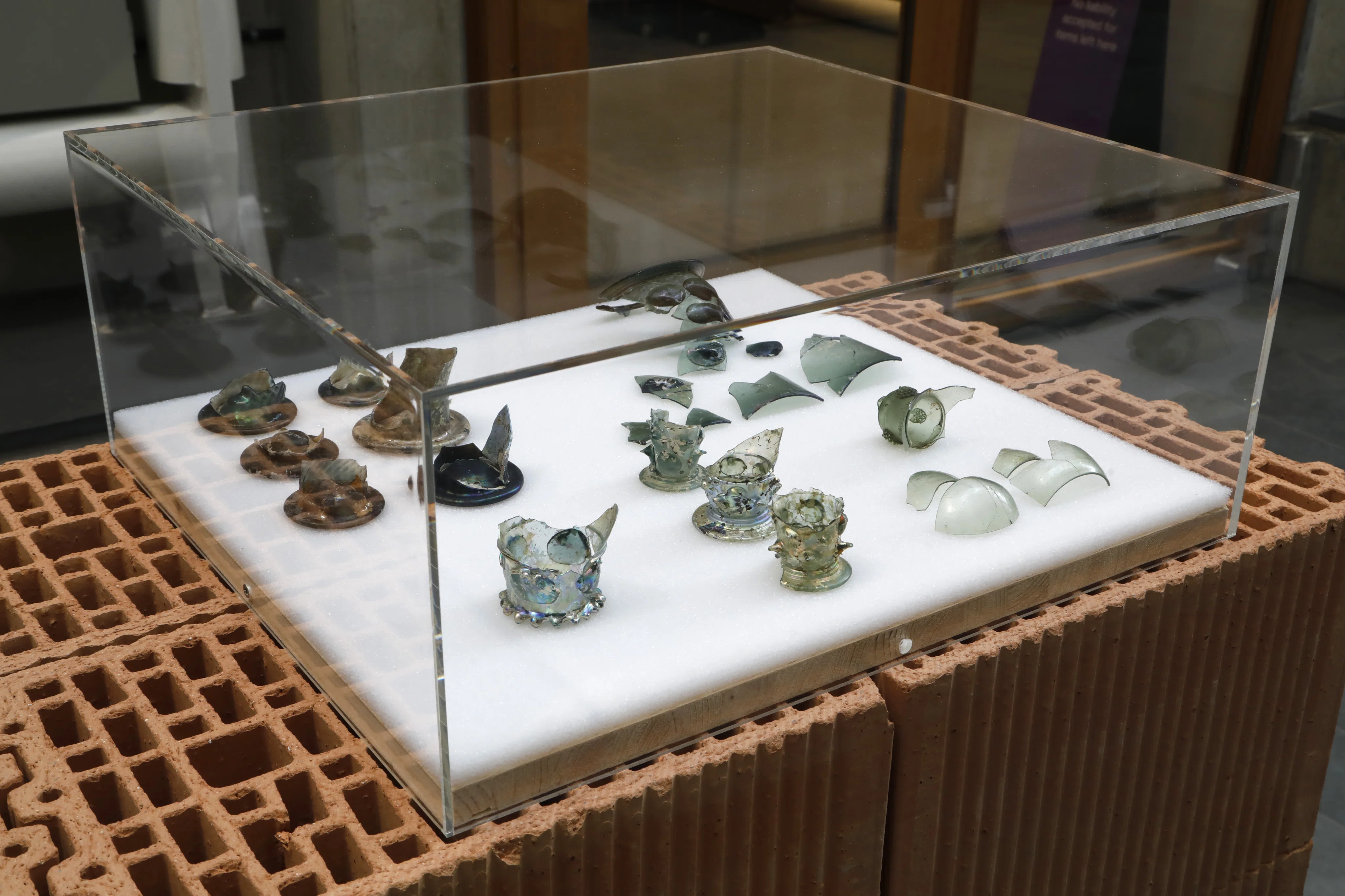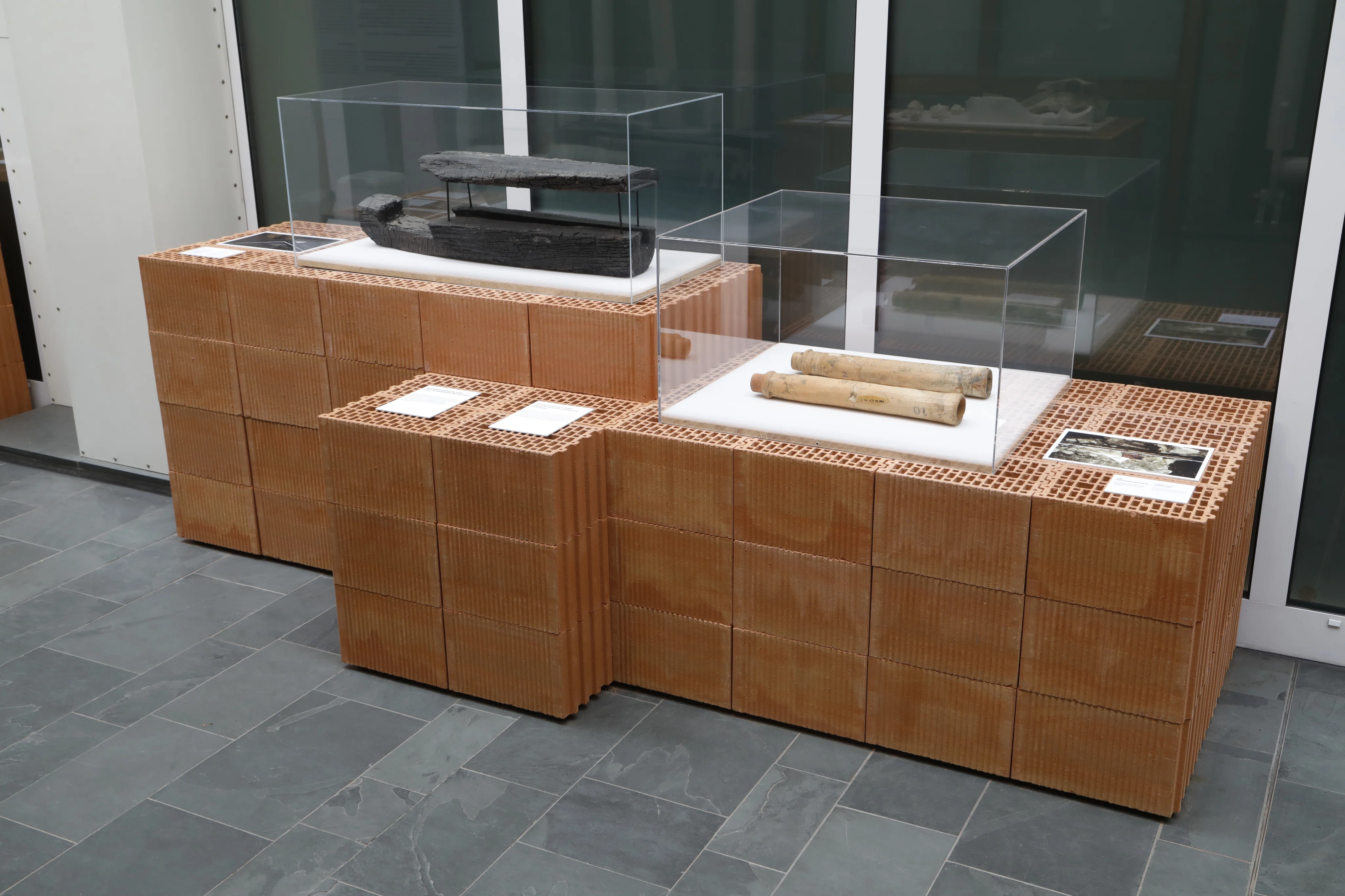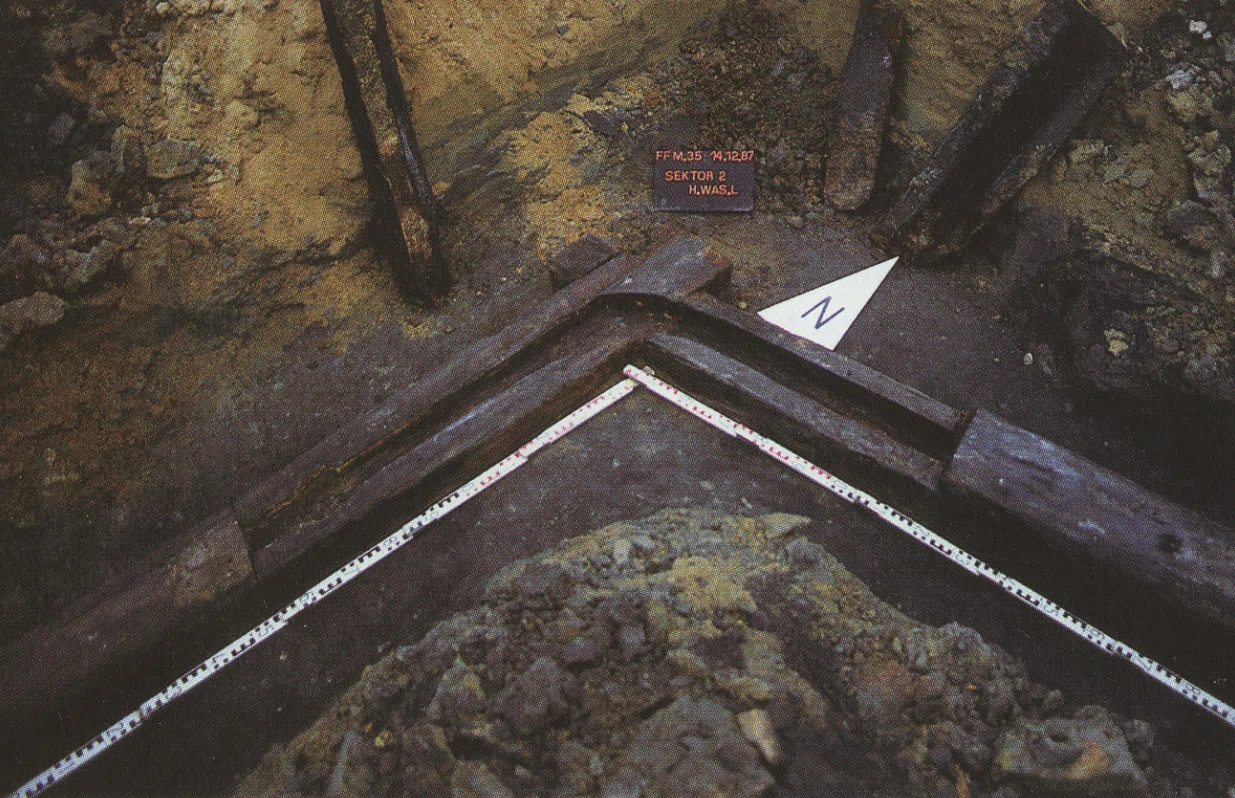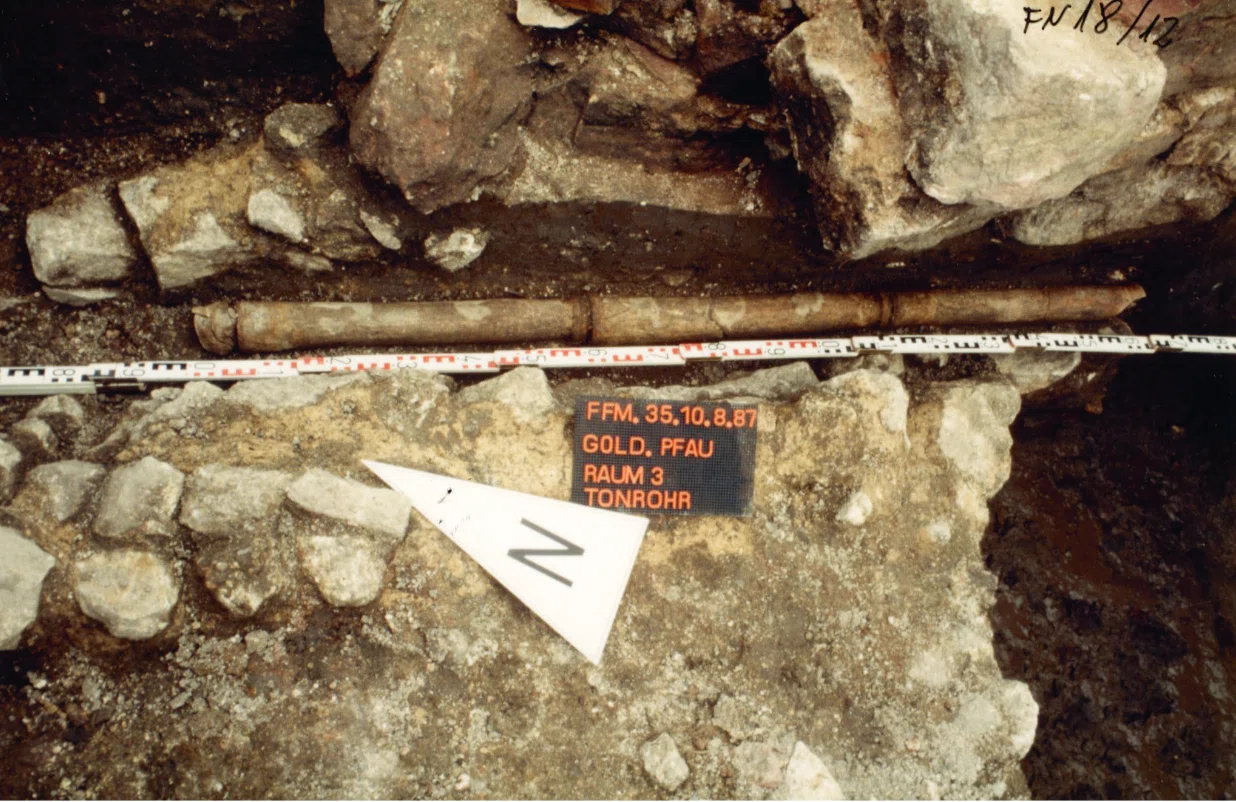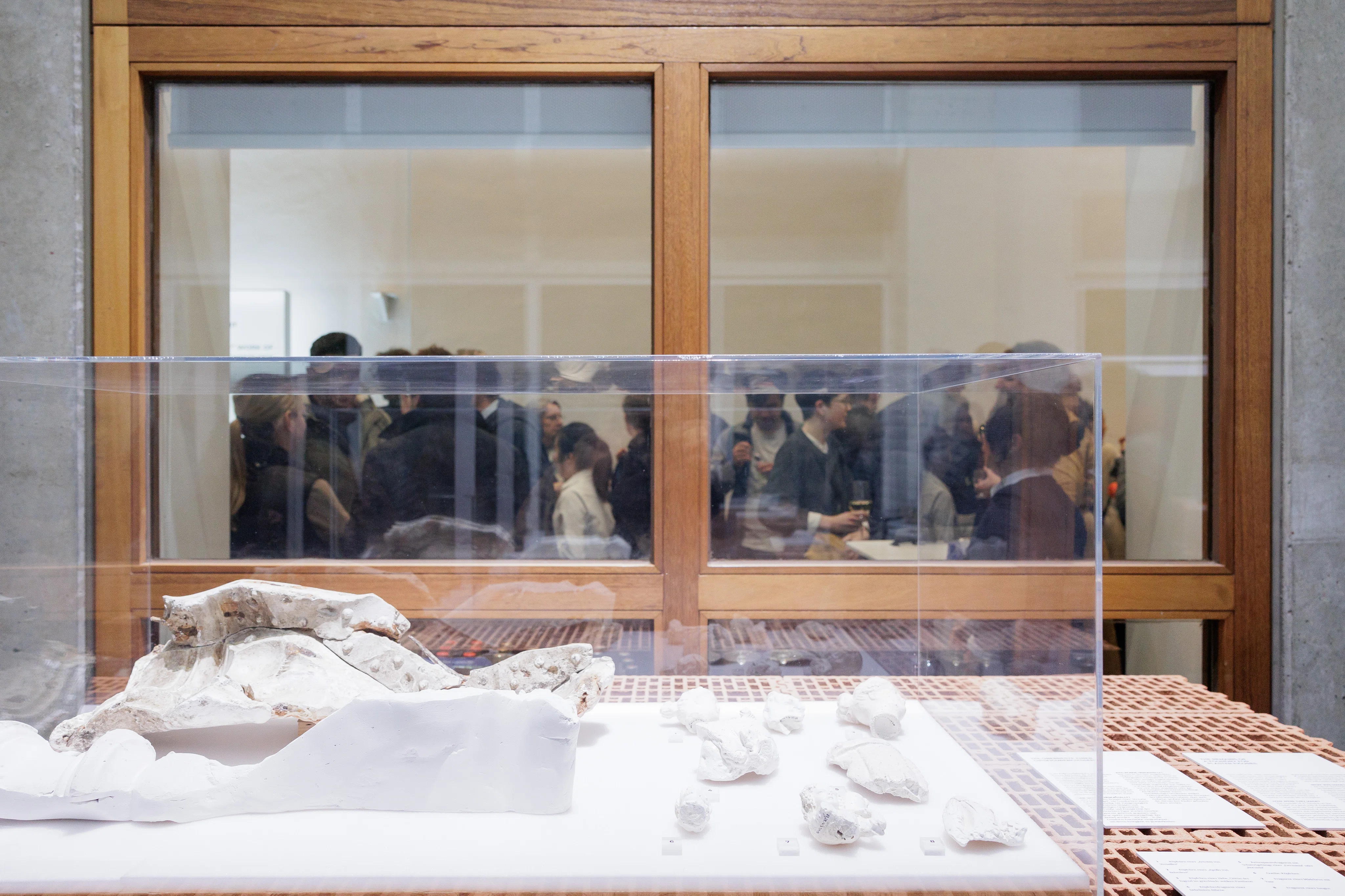Visitors are standing in the southern section of the former Judengasse that existed from the end of the Late Middle Ages until into the 19th century. What remains of it is on display in the museum’s permanent exhibition on site.
In 1987, during archaeological excavations on Börneplatz a very large number of finds was unearthed. They originated in a whole range of different settings. First and foremost, the material came from back-filled cellars under the houses in the southern section of Judengasse. There were also finds made in pits, wells, sewage channels, and water pipes.
Although all these finds were dug up on the grounds of the Judengasse, we do not know the history of their owners. They may have been the property of residents of the Judengasse or have been brought in from outside by third parties.
In the early 1990s, a first attempt was made to examine and catalog the excavation work and the finds, but the undertaking was discontinued. Now, three decades later, the work has resumed within the context of the METAhub project.
What you see here is a selection of the remaining testimony to everyday life – and survival.
